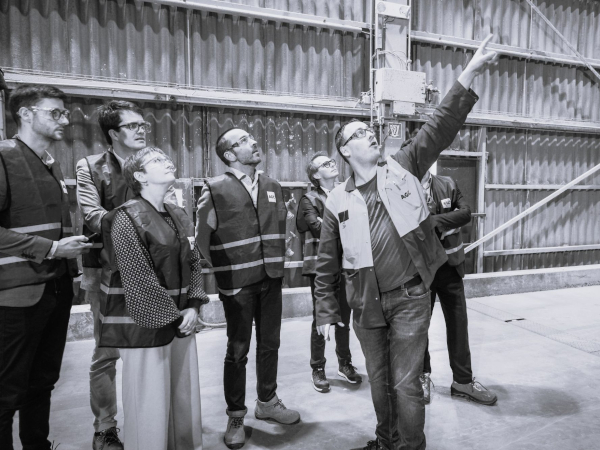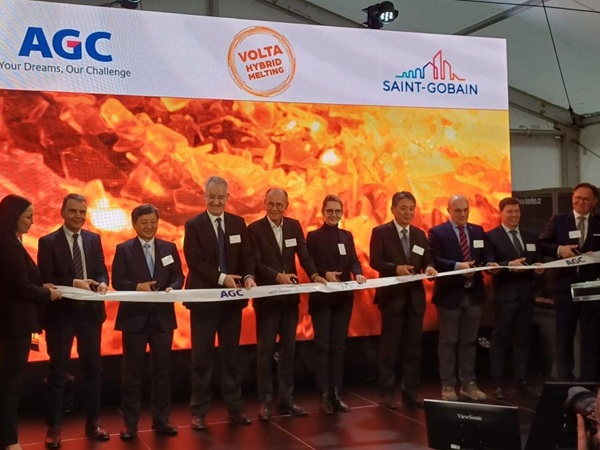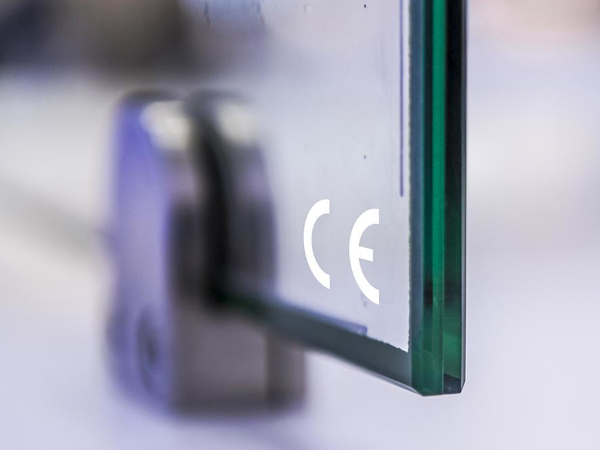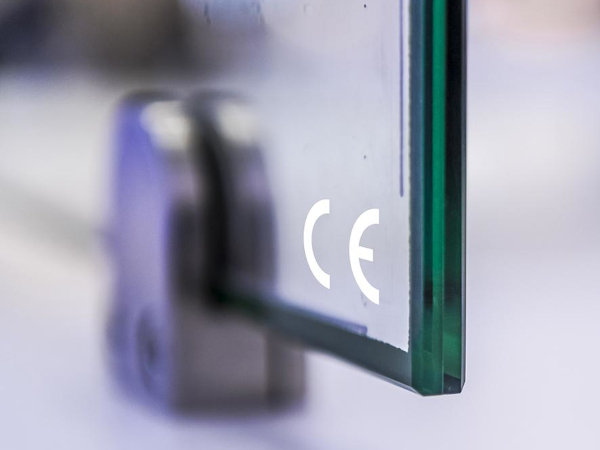Date: 21 January 2014
To Glass for Europe, the absence of a binding target on energy efficiency would be a sign of the European Commission’s inability to draw lesson from the 2020 policy framework, which failed to deliver the much-needed energy efficiency gains.“Over the past months, we heard many times Commission officials praising energy efficiency improvements as a means to reduce CO2 emissions, to generate robust economic activity and jobs and to reduce energy dependence.Yet, we hear rumours that the Commission may not propose any objective for energy efficiency either binding or even indicative”, says Bertrand Cazes, Secretary General of Glass for Europe. “It would be incomprehensible to count on major energy efficiency improvements to achieve a competitive low carbon economy and yet to dismiss a target on energy efficiency as part of a fifteen-year strategy” he added.
Glass for Europe deplores the Commission’s intention to postpone the decision on a target to the future assessment of the Energy Efficiency Directive expected in June 2014. Progress on the energy efficiency directive must not dictate ambition levels for 2030. On the contrary, instruments must serve to achieve pre-defined policy ambitions. Setting an energy efficiency target for 2030 must come first as part of the communication on a 2030 energy and climate package.
The joint Parliamentary report adopted by the ITRE and ENVI on 8th January recognises the tremendous energy and CO2 saving potential of non-ETS sectors. The EU ETS alone cannot deliver the huge savings potential of the building (61%) and transport (41%) sectors as it will be the case with a GHG target alone. The clear call from the ITRE and ENVI committees of the European Parliament for energy efficiency targets, including a specific one for buildings, must be heard by the European Commission.
Glass for Europe therefore calls on the European Commission to consider a binding objective for energy efficiency within the 2030 framework and to investigate possible new robust measures to tackle the vast potential of non-ETS sectors.
About Glass for Europe
Glass for Europe is the trade association for Europe’s manufacturers of flat glass. Flat glass is the material that goes into a variety of end-products and primarily in windows and façades for buildings, windscreens and windows for automotive and transport as well as glass covers, connectors and mirrors for solar-energy equipments. Flat glass is also used for many other applications such as furniture, electronics, appliances, etc.
Glass for Europe has four members: AGC Glass Europe, NSG-Group, Saint-Gobain Glass and Sisecam-Trakya Cam and works in association with Guardian. Altogether, these five companies represent 90% of Europe’s flat glass production. Glass for Europe firmly believes that state-of-the-art glass can play a vital role in achieving the EU’s energy saving targets and promotes ambitious mechanisms to support the market uptake of energy-efficient glass technologies.







Add new comment